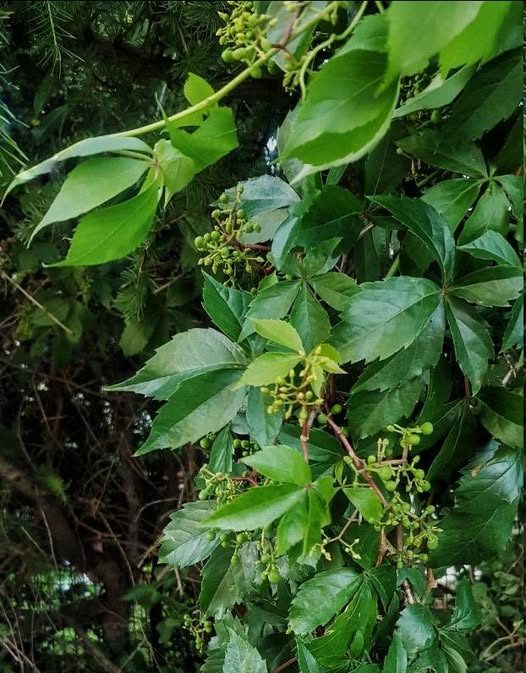Green sound barriers – air filters and habitat for invertebrates

Roads are not just transportation networks – they are also sources of noise, gases and particulate matter that affect human and environmental health. To reduce noise, noise barriers and earthen embankments are built along busy routes. When covered with vegetation, these structures accumulate dust and become a habitat for fauna. In our recent publication in the journal Land Degradation & Development, we looked at how different types of green barriers affect air quality and invertebrate biodiversity along a major national highway. It turned out that earthen embankments overgrown with meadow and rosewort were the most effective at cleaning the air and supporting biodiversity – as many as 210 species were identified there. The areas directly exposed to traffic were dominated by common and hardy species, and their overall diversity was lower, in contrast to the other side of the barrier, where the air was cleaner. The study shows that properly designed and planted road infrastructure can not only reduce noise, but also serve an important function in cleaning the air and supporting invertebrates.